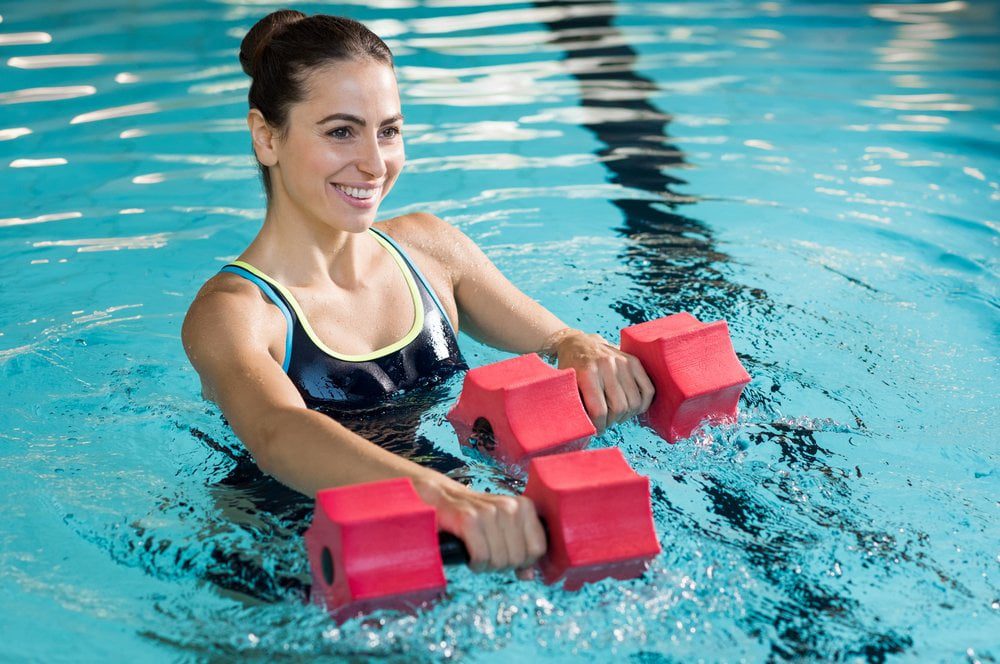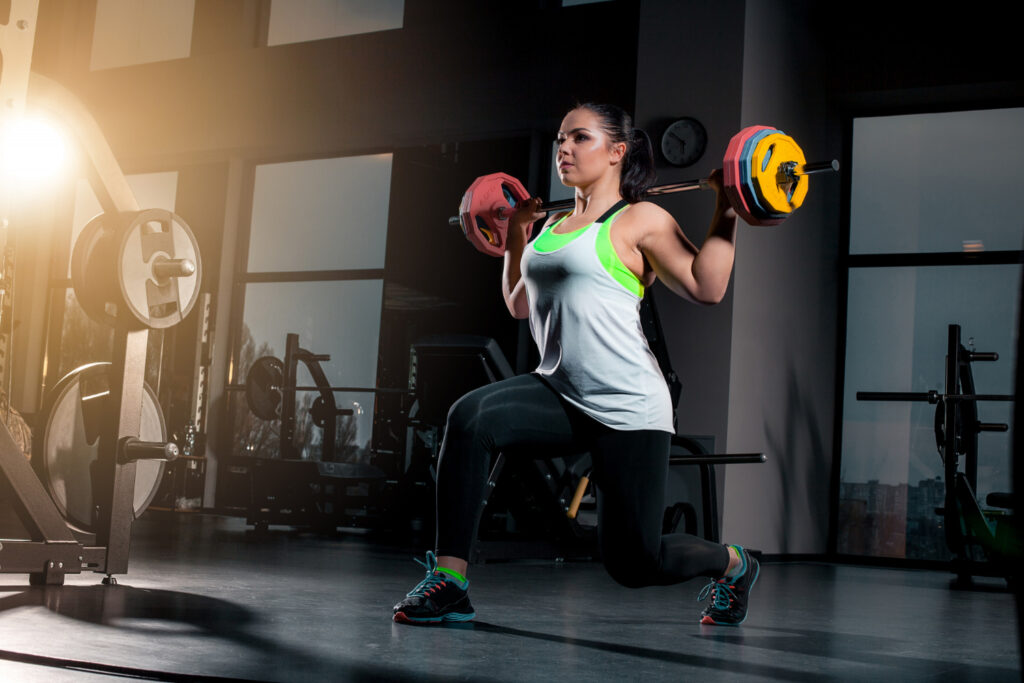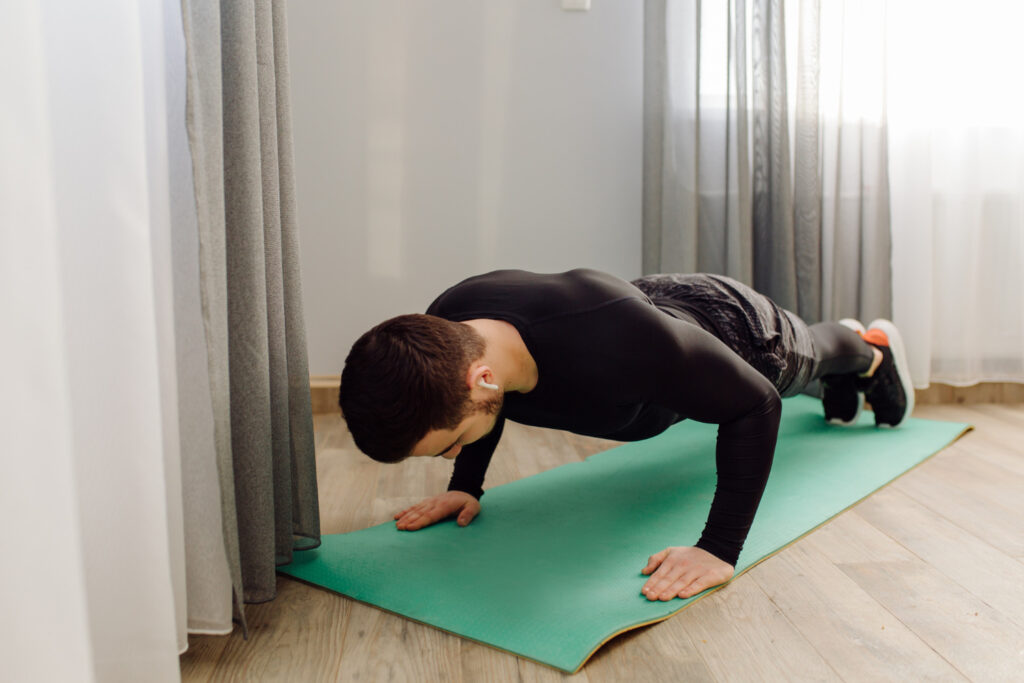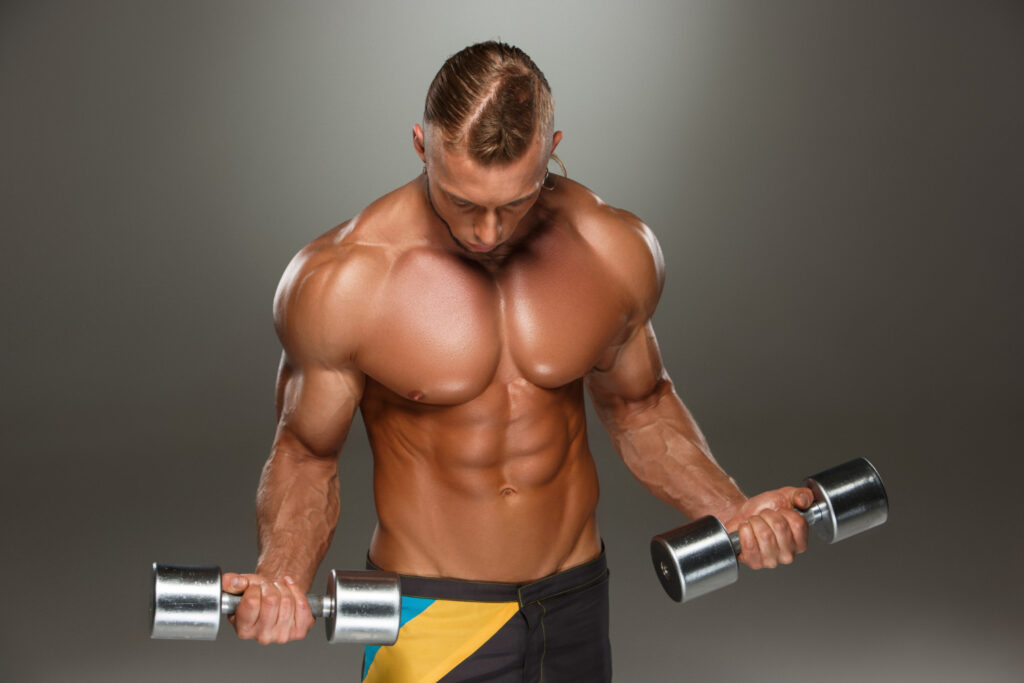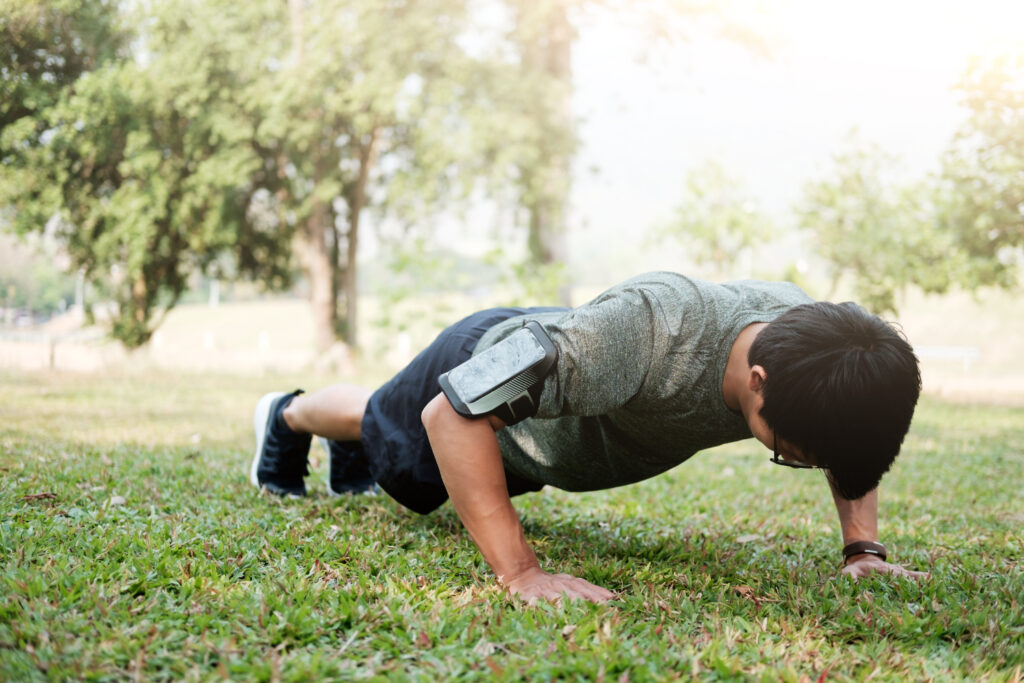Water Pilates exercises are a popular form of aquatic exercise that combines the principles of Pilates with the resistance and buoyancy of water. This low-impact workout offers numerous benefits for individuals of all fitness levels, including increased strength, flexibility, and cardiovascular endurance. Water Pilates exercises are not only effective but also fun and refreshing, making them a great option for those looking to spice up their fitness routine. In this article, we will explore the benefits of water pilates exercises and provide a step-by-step guide on how to do them correctly to maximize their effectiveness. Whether you are a seasoned Pilates enthusiast or a beginner looking to try something new, water pilates exercises offer a unique and enjoyable way to improve your overall fitness and well-being.
8 benefits of Water Pilates.
Water Pilates, also known as aqua Pilates offers numerous advantages and benefits for individuals seeking to improve their fitness levels and overall well-being. Here are eight benefits of Water Pilates:
1. Low-impact workout.
Water Pilates provides a low-impact exercise option that is gentle on the joints. The water’s buoyancy supports the body, reducing stress on the bones, muscles, and tendons. This makes it an ideal workout for individuals recovering from injuries or suffering from conditions like arthritis.
2. Increased muscle strength.
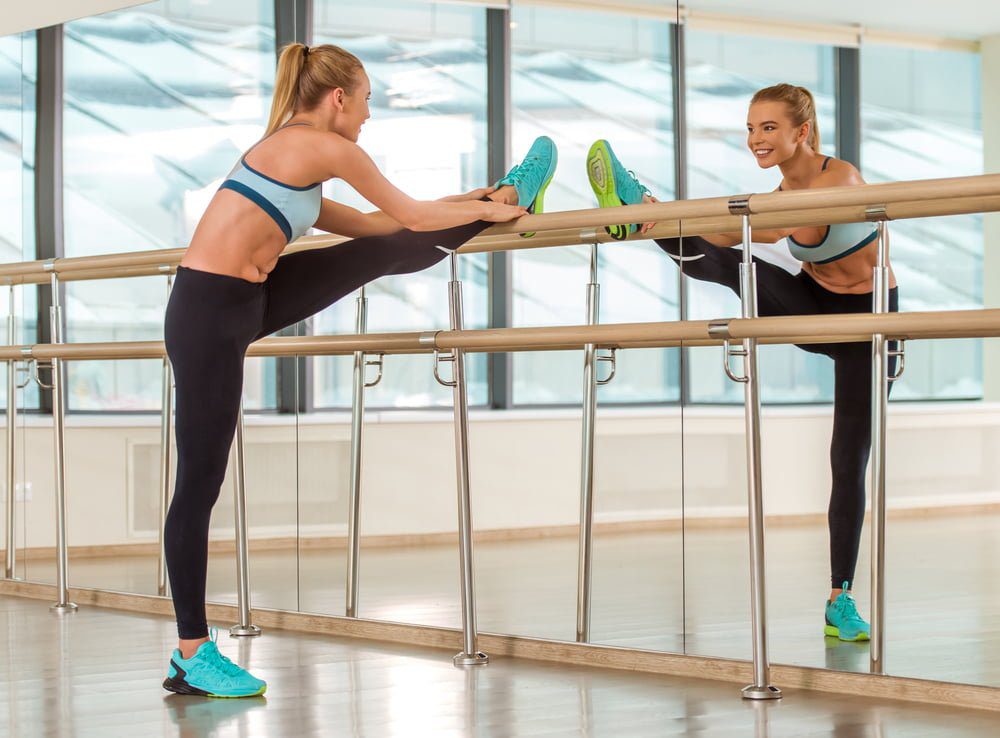
Performing Pilates exercises in water requires more effort due to the water’s resistance. This resistance helps to strengthen and tone muscles, particularly the core muscles, resulting in improved posture, stability, and overall strength.
3. Improved flexibility.
Water Pilates enables a greater range of motion due to the water’s support. The buoyancy allows for increased stretching and elongation of muscles, promoting flexibility and reducing muscle tightness.
4. Enhanced cardiovascular fitness.
Water-based exercises naturally increase the heart rate, promoting cardiovascular fitness. Water Pilates combines cardiovascular conditioning with the benefits of Pilates, resulting in a comprehensive workout that improves heart health and endurance.
5. Better balance and coordination.
The water’s resistance challenges the body’s balance and coordination, requiring constant engagement of stabilizing muscles. Practicing Water Pilates helps to improve balance and proprioception, reducing the risk of falls and enhancing overall coordination.
6. Rehabilitation and injury prevention.
The buoyancy and resistance of water make it an excellent environment for rehabilitation purposes. Water Pilates can aid in the recovery from various injuries, such as sprains or strains, by providing a low-impact workout that helps rebuild strength and flexibility without exacerbating the injury.
7. Mental relaxation and stress relief.
Being in water has a calming effect on the mind, promoting mental relaxation and reducing stress levels. Water Pilates offers a unique combination of physical exercise and water therapy, providing a soothing and rejuvenating experience that helps alleviate stress and anxiety.
8. Fun and enjoyable workout.
Water Pilates adds an element of fun to traditional Pilates exercises. The water’s buoyancy allows for a sense of weightlessness and freedom of movement, making the workout enjoyable and engaging. This can lead to increased motivation and adherence to a regular exercise routine.
| 💡 Tips FitToFar.com Water Pilates offers a multitude of benefits, including low-impact exercise, increased muscle strength, improved flexibility, enhanced cardiovascular fitness, better balance and coordination, rehabilitation and injury prevention, mental relaxation, and an enjoyable workout experience. Incorporating Water Pilates into your fitness routine can lead to significant improvements in overall physical and mental well-being. |
How to do Water Pilates exercises?
- Find a pool or body of water that is suitable for water pilates exercises.
- Start by warming up your body with some light stretches and movements in the water.
- Begin with basic water pilates exercises such as water walking or jogging in place.
- Gradually progress to more challenging exercises like leg lifts, arm circles, and core rotations.
- Focus on maintaining proper form and engaging your core muscles throughout each exercise.
- Use water resistance to your advantage by moving slowly and with control.
- Incorporate props such as water noodles or dumbbells for added resistance or support.
- Cool down with some gentle stretches and relaxation exercises in the water.
- Remember to stay hydrated and listen to your body’s limitations during the workout.
- If you are new to water pilates, consider taking a class or working with a certified instructor to ensure proper technique and safety.
Is water Pilates effective for beginners?
Water pilates for beginners is a refreshing and invigorating way to introduce yourself to the world of pilates. Combining the principles of pilates with the resistance and buoyancy of water, this low-impact workout offers numerous benefits.
The water provides a supportive and gentle environment, reducing strain on joints while still engaging the muscles for a full-body workout. Whether you are new to exercise or recovering from an injury, water pilates offers a safe and effective way to build strength, improve flexibility, and enhance overall well-being.
Additionally, the calming nature of water creates a serene atmosphere, allowing you to relax and focus on your movements, making it an ideal choice for those seeking both physical and mental rejuvenation.
Points Keep in mind While Doing water Pilates.
- Consult with a certified water Pilates instructor before starting any water Pilates routine.
- Choose a pool or body of water that is suitable for water Pilates, ensuring it is deep enough and has enough space to move freely.
- Wear appropriate swimwear that allows for ease of movement and comfort in the water.
- Warm up before starting your water Pilates routine to prepare your muscles and joints for exercise.
- Start with basic exercises and progress gradually, listening to your body and avoiding any movements that cause pain or discomfort.
- Focus on maintaining proper form and alignment throughout each exercise, engaging your core muscles to support your movements.
- Use the water’s resistance to your advantage by moving slowly and purposefully, allowing your muscles to work against the water’s resistance.
- Stay hydrated by drinking water before, during, and after your water Pilates session.
- Take breaks and rest when needed, especially if you are new to water Pilates or feel fatigued.
- Practice proper breathing techniques, inhaling deeply through your nose and exhaling fully through your mouth during each exercise.
- Incorporate modifications or variations to suit your fitness level and individual needs.
- Cool down and stretch after your water Pilates session to promote flexibility and prevent muscle soreness.
Bottom Line.
Water Pilates is a fantastic exercise option that combines the benefits of traditional Pilates with the added resistance and support of water. It provides a low-impact workout that is gentle on the joints while still challenging the muscles and promoting overall strength, flexibility, and balance. Water Pilates also offers a refreshing and invigorating experience, making it an ideal choice for individuals of all fitness levels and ages. Whether you are looking to improve your core strength, rehabilitate an injury, or simply enjoy a fun and effective workout, water Pilates is definitely worth a try. So, grab your swimsuit and dive into the world of water Pilates for a refreshing and rejuvenating fitness experience.

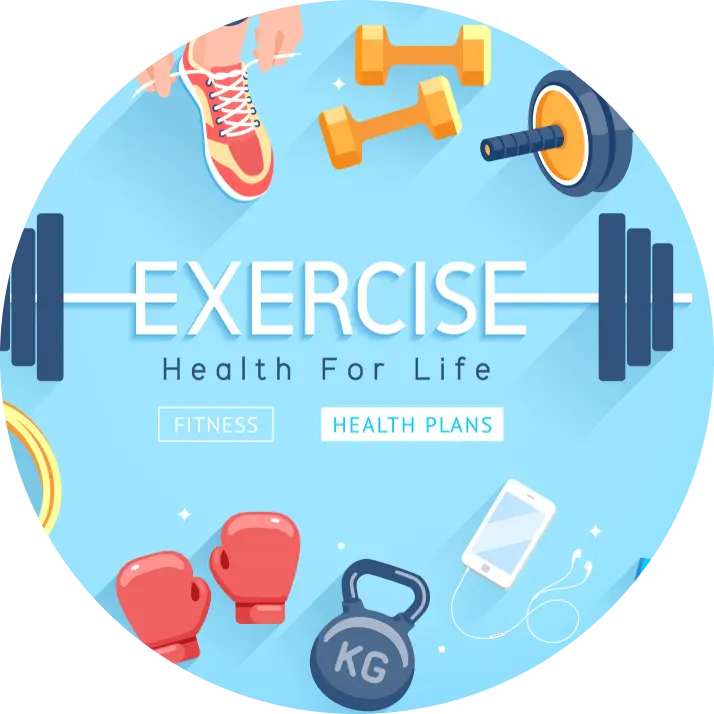 Workout
Workout
 Meditation
Meditation




 Contact Us
Contact Us

